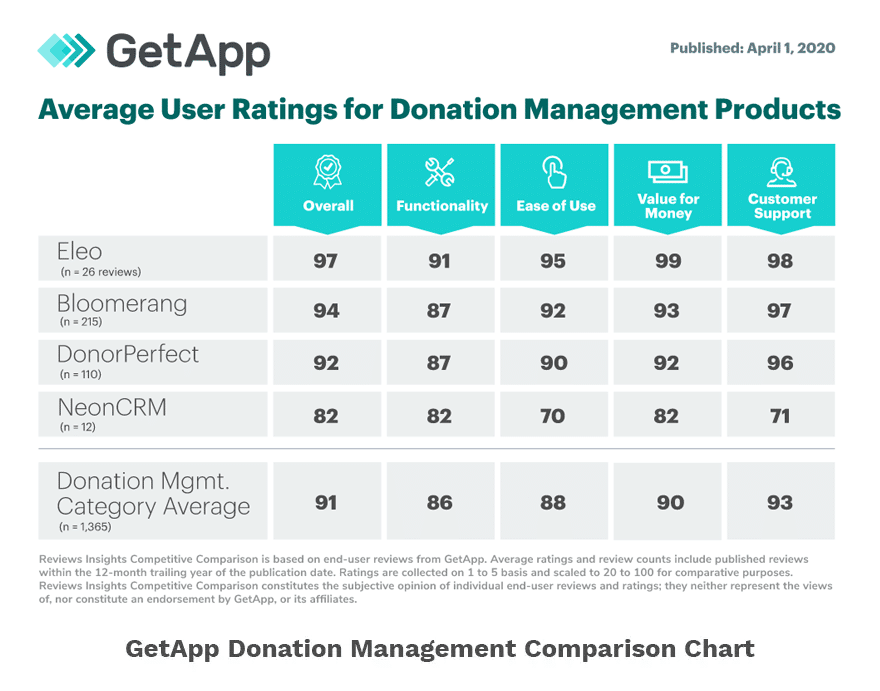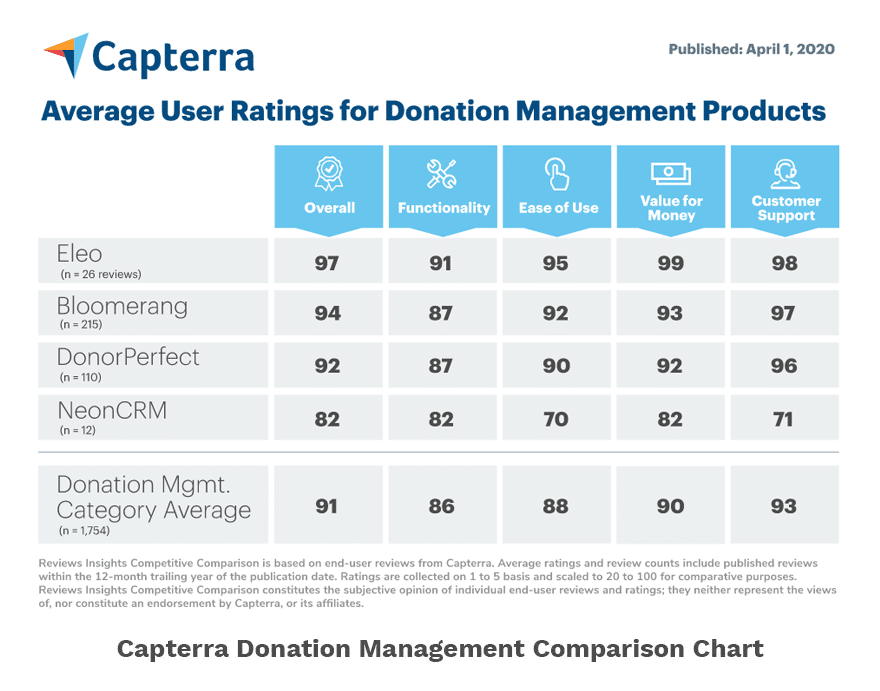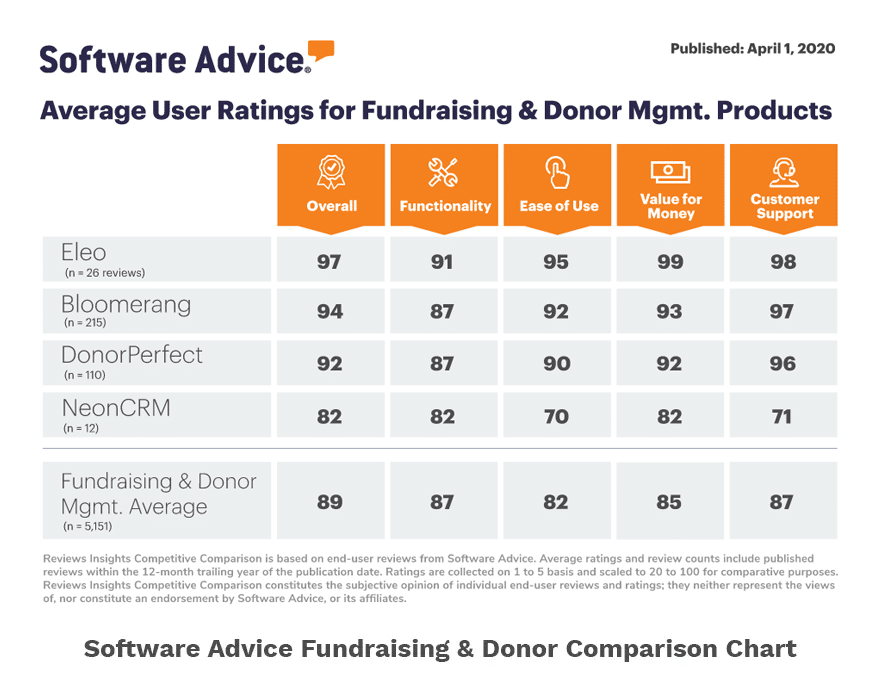
Although artificial intelligence, or AI, has only recently dominated headlines, the concept dates back to the first digital computers in the 1940s. The paper, “Giant Brains: Or Machines that Think,” was published in 1949 by Edmund Berkeley. The term “artificial intelligence” was first coined in 1956 and AI research at Dartmouth College began that same year.
Of course, some argue that the idea goes back thousands of years to ancient philosophers who spoke of intelligent, artificial beings built by master craftsmen. In Gulliver’s Travels, published in 1726, Jonathan Swift spoke of “the Engine,” a machine that served as “a Project for improving speculative Knowledge by practical and mechanical Operations.”
Today, AI is everywhere and accessible to any individual or organization with an internet connection! Before we discuss how small nonprofits can use AI, let’s talk about what AI is and how it works.
What Is AI?
Why not go straight to the source? We asked ChatGPT, “What is artificial intelligence?” Here is the first part of the response we received.
Artificial Intelligence (AI) refers to the simulation of human intelligence in machines that are programmed to think and learn like humans. The goal of AI is to enable machines to perform tasks that typically require human intelligence, such as problem-solving, decision-making, language understanding, visual perception, and learning from experience. AI systems are designed to analyze data, recognize patterns, and make informed decisions based on the available information.
Essentially, when you feed an AI system with data and give it specific directions, it can complete tasks as a human would, often in a matter of seconds! This could involve anything from writing an email, to designing a graphic, to creating a mobile app.
While much of the attention is focused on AI writing tools like ChatGPT, there are thousands of AI-powered tools and capabilities with new ones being introduced daily. Of all technologies that have evolved quickly over the last 20 years, AI is likely to change the fastest in the coming months.
Are there any risks involved with using AI?
The short answer is “yes.” Because most AI tools available to small nonprofits and businesses rely on available data to complete tasks, and the internet is packed with inaccurate and/or biased information, AI can produce writing that’s inaccurate and/or biased.
You also need to be very selective about what type of information from your database you feed into an AI tool. For example, AI can potentially help your organization identify which donors and prospects are most likely to give to a certain campaign. It can also help you match volunteers with projects and initiatives that align with their skills and passions.
However, sensitive data and personal information from your donor database can be inadvertently or purposefully collected and processed by AI tools. This can lead to violations of data privacy regulations and increase the risk of data breaches.
Clearly, a cautious, methodical approach to AI makes sense for small nonprofits. It’s also a good idea to find out if your consultants and vendors are using AI and for what purpose. Although AI tools are largely unregulated at this point, data privacy rules apply, so the use of AI should be disclosed to donors by nonprofits, and to nonprofits by consultants and vendors.
How should my nonprofit get started with AI?
Again, AI is evolving quickly! AI of today may be unrecognizable to AI of one year from now, and regulations are in the works. That said, there’s nothing wrong with responsibly testing popular AI tools and starting small.
For example, you can use a tool like ChatGPT to help you write social media posts, emails, subject lines, and headlines for newsletter and blog articles. Keep in mind that AI probably won’t produce something that you can use verbatim, but it can definitely give you something that gets your creative juices flowing!
The key is to be specific in your direction. For example, don’t just say, “Write an email promoting our walk-a-thon.”
Provide AI with the same level of detail as you would a human! Who is the target audience? What tone would connect with that audience? Should the email copy be funny, serious, energetic, formal? Do you have old emails that worked well? Then incorporate stories of impact!
The great thing is you can ask AI for multiple versions without creating extra work for your staff. Generally, the more you use AI, the better it will become at “understanding” and meeting your needs. Of course, like any technology, AI requires human oversight.
Exploring and testing AI is a great project for a board member who is interested in AI and possibly even using AI for personal or professional purposes. Instead of having staff devote precious hours to AI, have a board member spend time with AI and report their findings!
While AI can help small nonprofits save time, improve fundraising, and serve as a valuable brainstorming tool, take it slow and start small. Get comfortable with one or two small uses cases and establish some guidelines before you expand usage to other areas!





